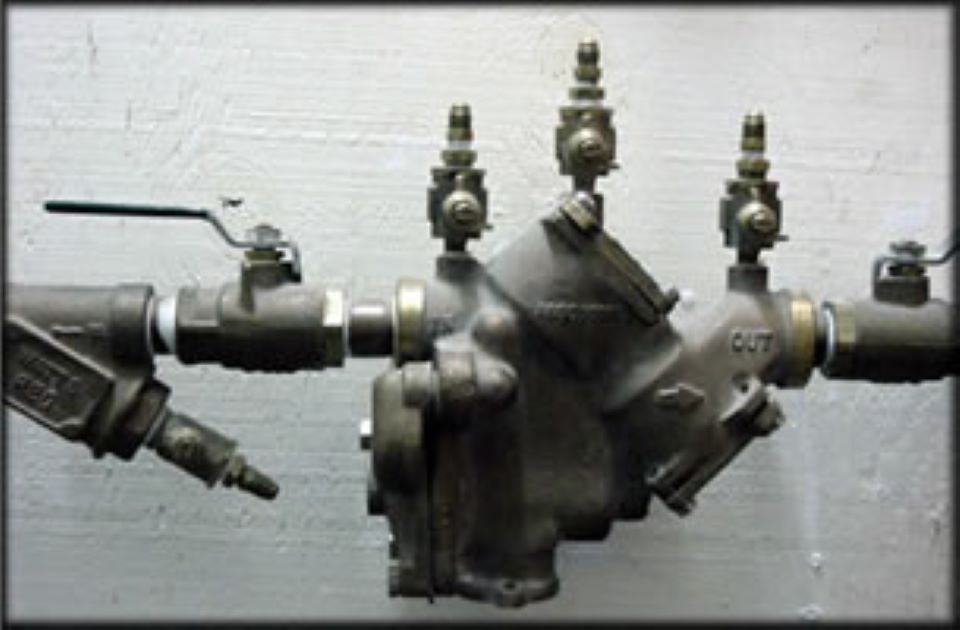Within the city of Longmont, there are over 5,000 backflow devices that keep water from businesses and homes from flowing back into the main water lines. City staff proposed a change in how the city follows up on backflow compliance to Longmont City Council.
When there is a drop in pressure in the main waterline, water from other lines has an opportunity to flow back into the main line. This can cause contamination of the main waterline which is why backflow assemblies are installed.
The highest risk for backflow comes from commercial properties such as car washes, restaurants, landscape services and hair salons. Multi-family housing also has a high risk of backflow into the main system, according to Azra Bilgin, senior civil engineer for the city of Longmont. While single-family homes also carry risk, the state has identified them as low-risk.
It is the property owner’s responsibility to maintain and test their backflow systems each year. At the same time, the city is responsible for maintaining a 90% testing rating in order to maintain public health and meet state requirements, Bilgin told the council.
When a property owner fails to get their testing completed on time, the city of Longmont’s only recourse is to turn off the water to the property. According to Bilgin, the city avoids shutting of water to these properties because often the tenants are not the same as the property owner which would result in a business or family losing water services for a problem they have no power to control.
Instead, city staff send out letters and follow up with calls until a property owner complies with the mandatory testing. This process costs the city around $140,000 a year and “consumes more than half of the resources the city allocates to drinking water and wastewater compliance planning,” Bilgin said. This includes the time of five city employees.
Bilgin and her team proposed to continue to allow property owners the flexibility to choose their own testers but to implement fees if the testing is not done. The process would also include the city finding a contracted tester who could help property owners get the testing complete.
The proposed process would still include an option to turn off water services to properties should the need arise.
Bilgin said this plan has worked in other cities across the country. She foresees the new plan would reduce the amount of time city staff spend getting property owners to comply.
The Longmont City Council agreed that a new process was needed and granted their approval that city staff further explore how the proposed system would work in Longmont.


